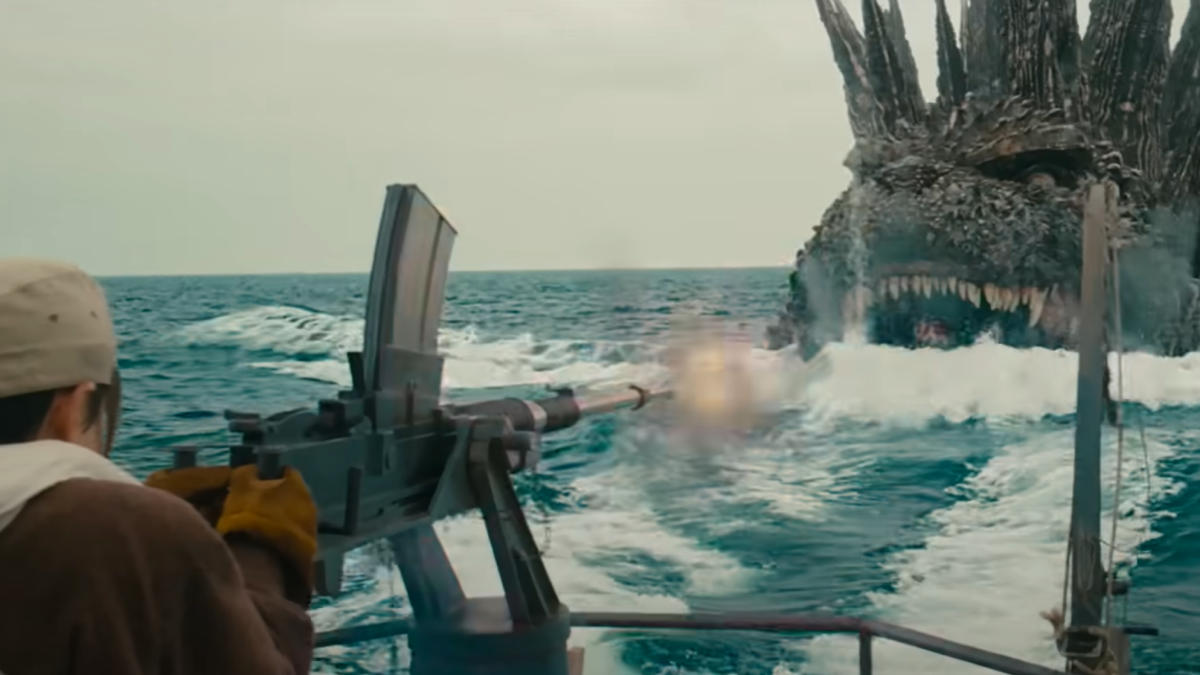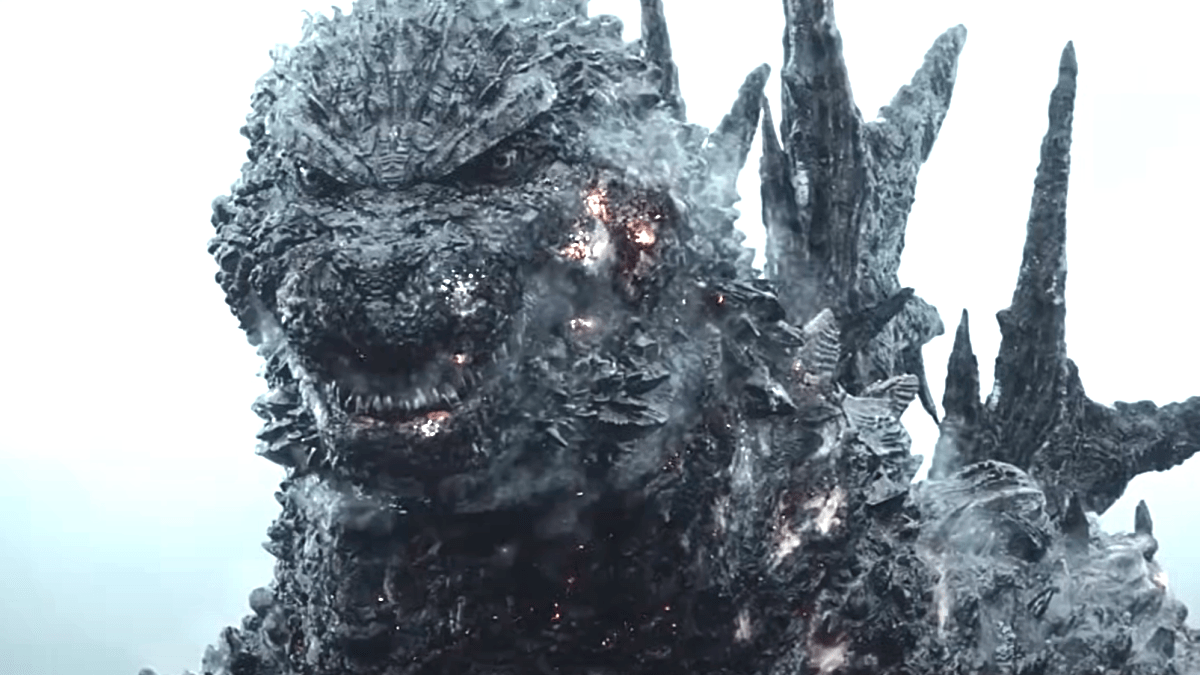Look, there’s nothing inherently wrong with Legendary’s recent approach to Godzilla, King Kong, and the rest of the giant monsters that populate that subsection of pop culture. In fact, Godzilla x Kong: The New Empire was genuinely brilliant in ways that it had no business occupying, given its foremost intention of being a flashy monster brawl.
But anyone who approaches filmgoing with even an iota of sincerity is well aware that the entirety of the MonsterVerse doesn’t hold a candle to the recent effort (singular) of one Takashi Yamazaki, whose economical, bombastic, and richly humanistic Godzilla Minus One shattered the scene in a myriad of ways, up to and including its Best Visual Effects Oscar win.
And he’s getting ready to do it again.
As confirmed by the official X account of Toho’s Godzilla division, Yamazaki — who wrote, directed, and supervised the visual effects on Godzilla Minus One — has gotten another Godzilla film greenlit by the powers that be. And, as the replies prophesize, this is a big deal.
For those of you who have unfortunately not seen Godzilla Minus One yet, the excitement is still probably nothing new to you. Ever since international cinemas began bowing down to the film in late 2023, it seemed as though there wasn’t a single person who wasn’t singing the highest praise for it.
There are two reasons for this. The first is that Yamazaki crafted a momentous spectacle that we all come to expect from giant monster movies (except, in Godzilla Minus One‘s case, it’s rooted in subtle tension crafting in equal measure as the mere sight of Godzilla and his destruction). The second, and more important reason, is that Yamazaki’s story prioritizes cerebral emotion first and foremost.
Indeed, Godzilla Minus One may be a Godzilla film, but it’s the story of AWOL kamikaze pilot Kōichi Shikishima before that. And before it’s the story of Kōichi, it’s a story about unity of thought and practice in the face of an unprecedented threat, the devastating retreat of traditional Japanese values in post-war Japan, and the life and love inherent to every human being and those who witness us.
That, of course, is just a rough oversight of the topics that Godzilla Minus One deals with, but it speaks to Yamazaki’s priorities as a filmmaker and a storyteller, and it’s precisely because of those priorities that Godzilla Minus One soared the way that it did.

The New Empire, for all its strengths, was designed to be unchallenging and to fit into some mold of what the widest-possible (read: most willfully disconnected) audience would be able to recognize as exciting. In other words, it exists to sell tickets.
Godzilla Minus One, by contrast, exists because Yamazaki saw the potential to explore a multifaceted depth of humanity using the kaiju as his set dressing, and that quest for genuine emotion is precisely why everyone — whether they realized it or not — loved Minus One and only liked The New Empire, if that.
This is, presumably, the approach that Yamazaki will be using for this next movie, although it hasn’t yet been revealed if it will be a sequel to Godzilla Minus One, or if it will be another compartmentalized tale altogether. But so long as the most famous giant monster in history is nestled in the loving hands of Takashi Yamazaki, we’ll all be watching.











Published: Nov 1, 2024 02:21 pm